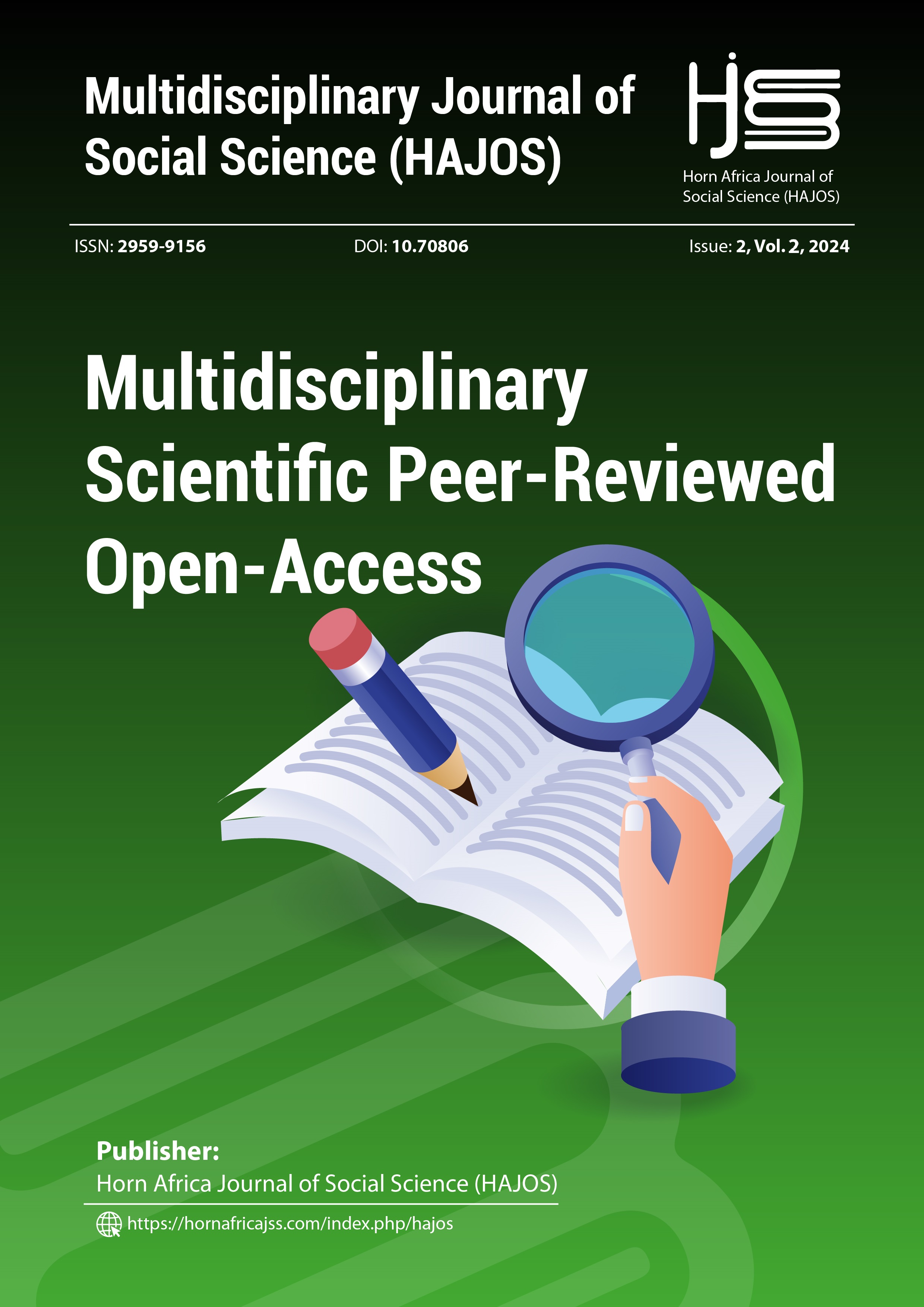Impact of Social Media on Students’ Performance in Secondary School Examination
DOI:
https://doi.org/10.70806/z7ztd252Keywords:
social media, Impact StudentsAbstract
Being a fragile state, Somalia is trying to recover the education gap. However, for the last three years, higher failure rates and lower grade passes were reported from secondary school examination results in Somalia. Mayor of Banadir region, Omar Filish said, “TikTok is one of the major factors contributing to lower grades and higher failure rates of secondary school examination results”. Therefore, our researchers discussed the effects of this and a study was conducted to investigate the impact of social media on students’ performance in secondary school
examination.
Research Objective: Three research objectives guided by the study. To study the most commonly used social media among secondary school students. To evaluate the time spent on social media among students. To investigate the positive and negatives effect of social media among the students.
Method: The data were collected using a questionnaire which was translated into Somali for the convenience of the respondents. The population of this study was 40,000 form four students from public and private secondary schools in Somalia. The sample size of this study was 600 students drawn from the population. 582 were returned, which represents 97% of the respondents. 63% of the respondents were male, while 37% were female.
Findings:
The study found that 9 in 10 secondary students have a social media account. The most popular social media among students include Facebook, TikTok, YouTube, and Snapchat. The majority of students spend an average 4-5 hours on social media on a typical day, which is more than the average time students spend on academic activities. The majority of parents are not happy with their children on social media. Students believe that social media are an obstacle to their learning progress





